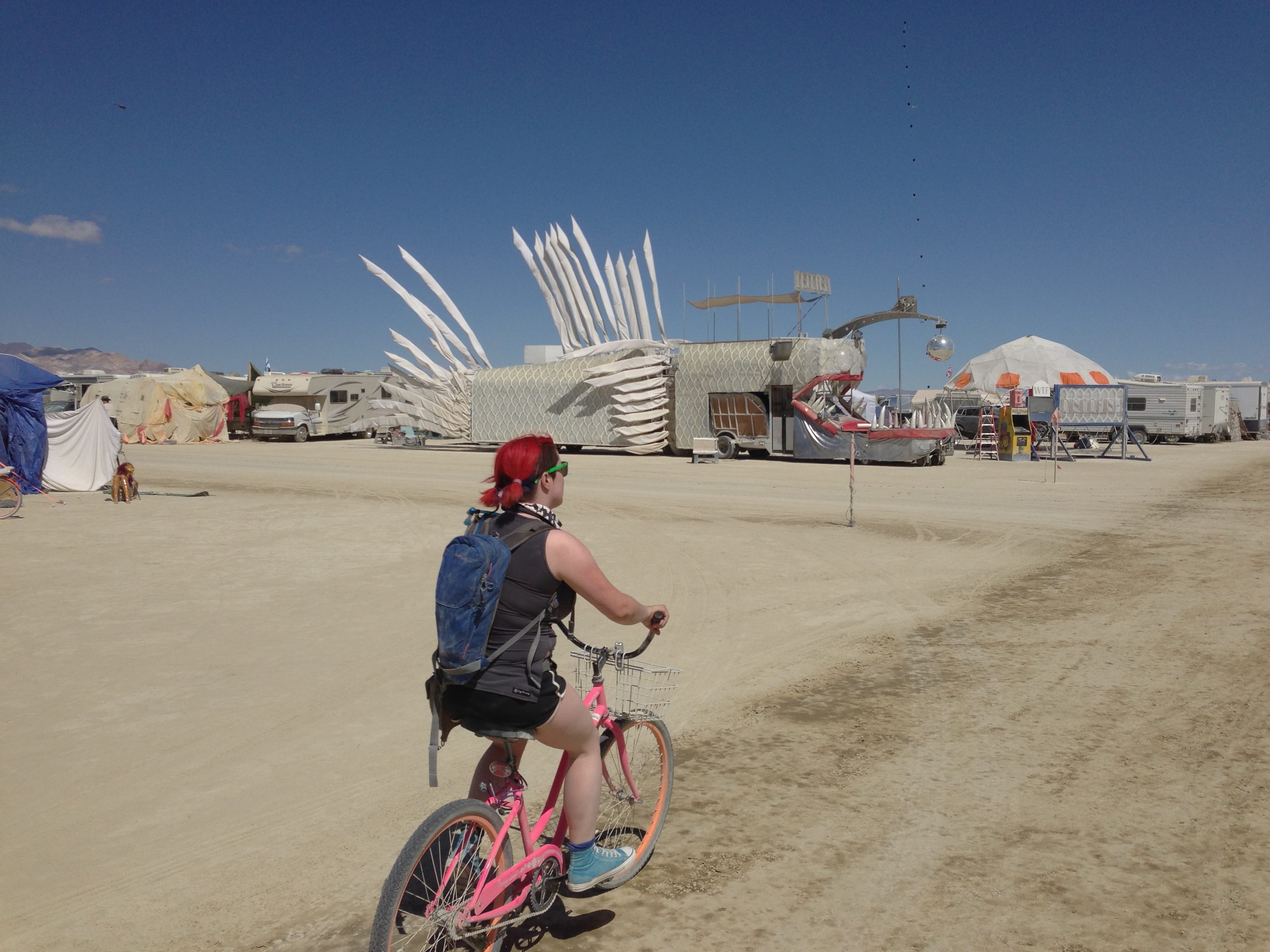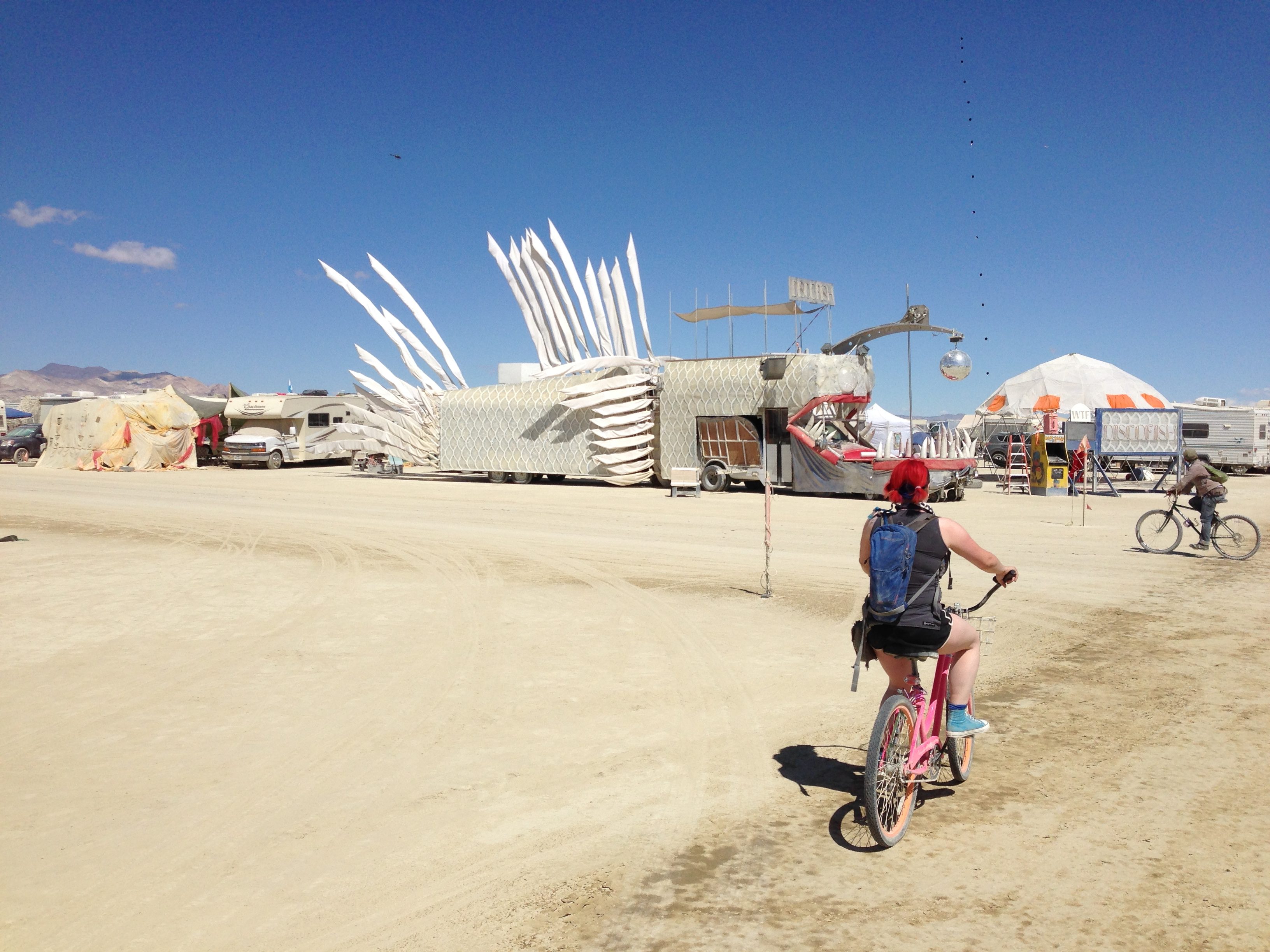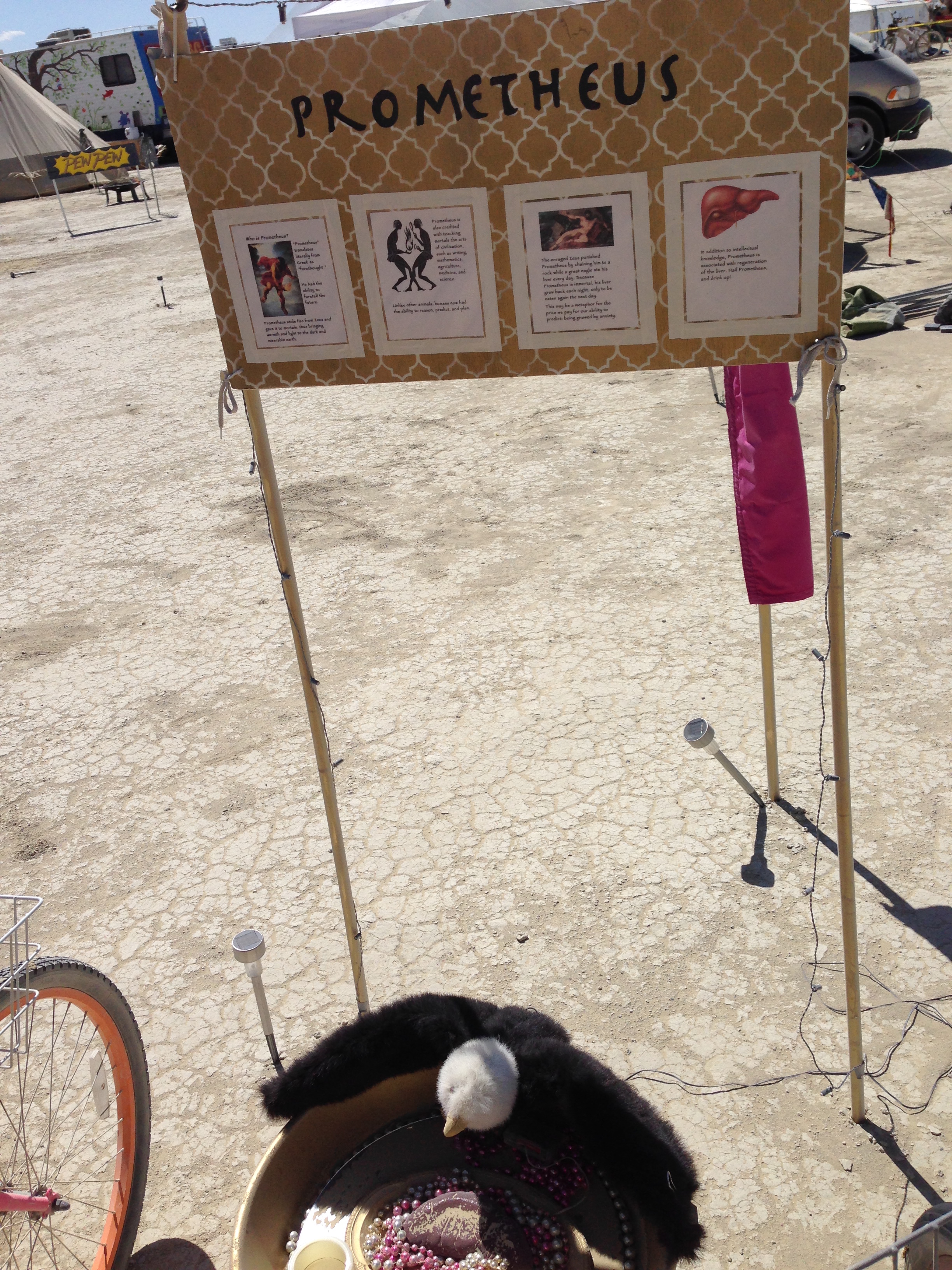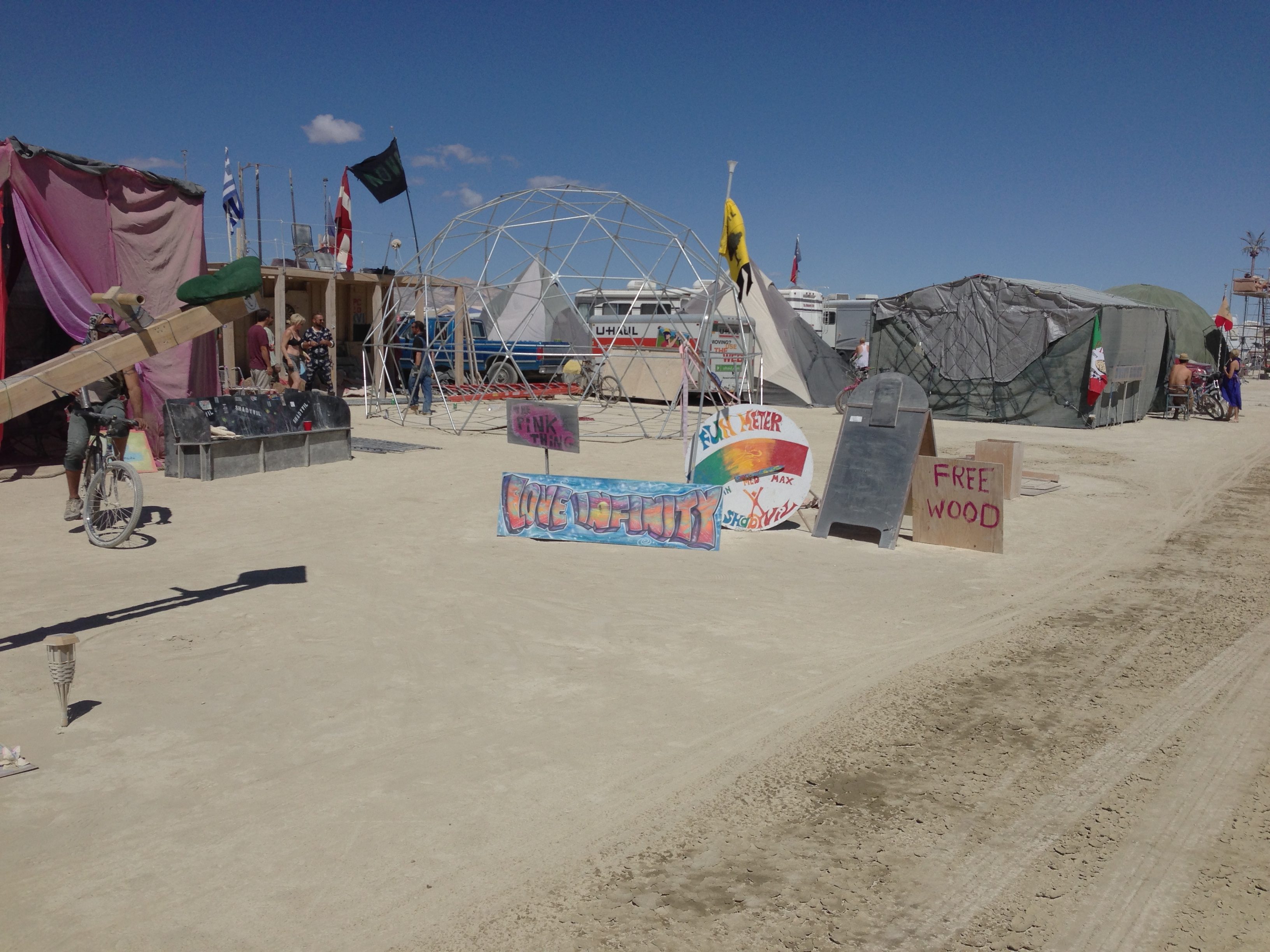Last time, we talked about some of the things we might want in an electoral/voting system:
Having a say:
– Each vote should have the highest probability possible of changing the representation of the House of Commons
Quick:
– The public should know the results within hours of the polls closing.
Fair:
– Political parties should not be significantly inconvenienced by the electoral system for not having money.
– Any barriers to entry should be reasonable (number of candidates to be a registered party, number of votes to get deposits back, percentage of popular vote to qualify to get seats, etc…)
– The system should not unduly give power to very small groups (49/49/2 split, the 49 and 2 have equal power).
– The system should be ‘simple enough’ for people to understand. Currently, people vote for one person, one party with the same vote. A similar system being successfully used elsewhere in the world is a reasonable way to determine ‘simple enough’.
Representative:
– There are a number of ways to be representative:
– Geographically
– Representation of party by population
– Minority groups
– Diversity of opinions
Resistant to cheating:
– Secret ballot to reduce intimidation and coercion as factors
– Reasonable voter ID laws to increase voter turnout while keeping the risk of personation low.
– Distributed counting makes the current system quite resistant to cheating. One would have to mess with the voting tally computers in real-time to change this. The fact that there is an anonymous paper record of every vote cast in the ballot boxes is also an important check on this system.
As the Canadian government has (very likely) decided that whatever the parliamentary committee has decided will go to a referendum, I’m going to add one more criterion:
– Able to pass a Canadian referendum
For many people, the choice of voting system is not clear, as you can see by this table.
For options, I’ll start with the options considered by the New Zealand Commission on the Electoral System[1]:
– First-past-the-post
– Single transferable vote
– Supplementary Member
– Alternative Vote
– Mixed member proportional.
First-past-the-post:
This is the current system in Canada. The country is divided up into ridings (currently 338) of approximately equal population (generally geographically larger ridings have less population per riding.
Advantages:
– Simple
– What we’re currently doing
Disadvantages:
– Vote splitting by riding (candidates can win a riding with less than 30% of the vote)
– Vote splitting across the country (a party can win a majority government with less than 40% of the popular vote)
Single transferable vote:
Single Transferable Vote (STV) is used for elections in Ireland, Malta, much of Australia, and various other parts of the English-speaking world.
Basically, the country or region is divided into single-[2] or multi-member ridings. In each of these ridings, voters rank the candidates on their ballots. Each candidate who receives more votes than the number required to be elected is elected, and all of their ‘extra’ votes are passed on to other candidates proportionally. If there are no candidates who have the number of votes required to be elected, the candidate with the fewest number of votes is eliminated and their votes are redistributed as above. Example here.
Advantages:
– More proportional representation than First-past-the-post
– ‘wasted votes’ guaranteed to be less than (1/(# of seats per riding)*100%), or for example <33% for a riding with three possible elected candidates
Disadvantages:
- You have to have all of the votes in one place to count them
- Ridings must have many candidates per riding to reduce the number of 'wasted votes'
Supplementary Member or ‘Parallel Voting’:
Technically, Supplementary Member Voting or Parallel Voting is defined as combining any two (or more) voting systems in parallel. Most often, it is used to combine some proportionality with a First-past-the-post system. Voters would vote twice, once for their local riding, and once for a proportional slate of candidates. These votes would be separate, leading to the results being more proportional, but not fully proportional.
Advantages:
– More proportional than First-past-the-post
Disadvantages:
– Not really that proportional
– More complicated than First-past-the-post
Alternative Vote or ‘Instant-runoff voting’:
Instant-runoff voting is used in various elections in Australia, India, Ireland, Papua New Guinea, and various local elections around the world, as well as by some political parties.
Similar to Single Transferable Voting, voters rank candidates in order on their ballot. If one candidate has a majority of the votes, that candidate is elected. If no candidates have a majority of the votes, candidates are eliminated and their votes are redistributed according the the voters’ preferences until one candidate receives a majority of the vote
Advantages:
– More votes count than in First-past-the-post, as no candidate can win without the plurality of the votes in a riding.
– ‘Vote splitting’ is much less of an issue, as parties or candidates who would normally ‘split’ votes would tend to be likely to be the second choice of those voters.
Disadvantages:
– You have to have all of the votes in one place to count them
– Up to half of the votes in each riding can be ‘wasted’
Mixed Member Proportional Voting or ‘Additional Member System Voting’:
Mixed Member Proportional Voting is used in Germany and various sub regions of the United Kingdom. It was the subject of the failed Ontario referendum of 2007. In most implementations, voters have two votes. One vote for a local candidate, and one vote for a party. Local candidates are elected using a First-past-the-post system. There are an additional number of representatives elected to bring the results in line with the popular vote. These additional representatives are generally based on party lists, but some proposals have them selected on a more regional basis, to allow better regional representation.
Advantages:
– In most cases, as proportional as electoral systems get
– Includes a strong local representation element
– Should be easy to describe to the public
Disadvantages:
– Already failed one referendum in Canada
– Party list seats are susceptible to collusion
Thanks for reading! Next time, we’ll go more in depth, and start to figure out which of these we might prefer. Stay tuned!
[1]New Zealand being a Westminister System country which had recent (1992,1993) referenda on changing its voting system from First-past-the-post.
[2]If there is only one seat per riding, STV is the same as ‘Instant Runoff Voting‘.
























